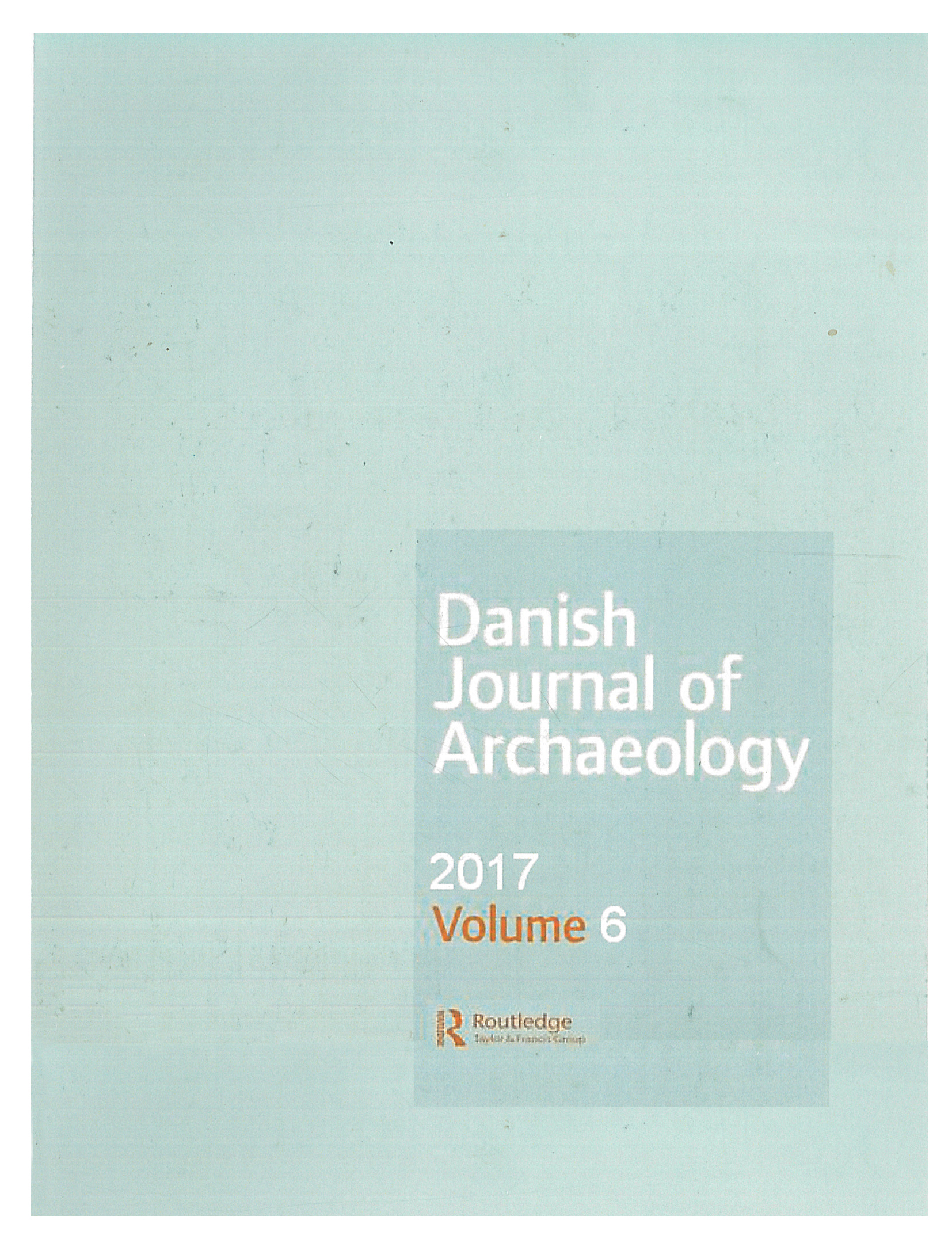How to define borders between private and common land in Norway?
DOI:
https://doi.org/10.1080/21662282.2017.1323992Keywords:
Common lands, farm boundaries, legislation, peasant community, settlement community, settlement development, Romerike region, southeastern NorwayAbstract
This article focuses upon the delimitation between the separate farm units and the collectively exploited common lands (‘allmenninger’) in Southeastern Norway during Medieval times. In these commons, various kind of resources – like pastures, woodland and fisheries – were accessible for exploitation by a majority of farmers in the settlement community, but subject to more restrictions than the resources of the ‘outlying fields’ pertaining to the separate farms. While the majority of the farmers within the community preferred that the extension of the commons should be preserved for their convenience, two groups of farmers might appropriate parts of the original common land area: those cultivating farms bordering to the common area, and who might extend their separate farmland successively into the previous commonly held area, and landless people who wanted to establish new farms (‘clearances’) within the common land. The legislation was also double and ambiguous. On the one hand it stated that ‘the commons [should] stay in the way they have been before’. On the other hand it was declared that a farmer establishing a farm as a new clearing in the commons should become the King’s tenant and thus come under his protection. The processes behind the institutionalizing of boundaries between the commons and private farm properties are highlighted through an analysis of settlement development in two municipalities/parishes in Southeastern Norway.
References
Bull, E., 1922. Politiske inndelinger på Oplandene i gammel tid. Bygd Og Bonde. Tidsskrift for Historie Og Folkeminne, 4 (1–2), 49–71.
Bull, E., 1927. Politisk og administrativ historie inntil ca. 1600. In: H. Nesten Editor, ed. Bidrag til Ullensaker bygdebok, vol. I.Oslo: Grøndahl & Son Boktrykkeri, 78–99.
Den eldre Gulatingslova, publ. by B. Eithun, M. Rindal, T. Ulset, Riksarkivet, Norrøne tekster nr. 6, Oslo 1994.
Diplomatarium Norvegicum, vol. I – XXIII, Christiania/Oslo 1874 – 2011.
Frostatingslova, transl. by J. R. Hagland and J. Sandnes, Oslo 1994.
Gjessing, J. ed., 1978. Norges landformer. Oslo: Universitetsforlaget.
The Gothic history of Jordanes, 1915. English version, with an introduction and a commentary. In: C. Mierow, ed. Cambridge: Speculum Historiale.
Gulatingslovi, translated from old Norwegian by K. Robberstad, Norrøne bokverk nr. 33, Oslo 1969.
Holmsen, A., 1966. Bygdesameie, almenning og ’stokklendinger’ i Eidsvoll. In: A. Holmsen, Editor. Gard, bygd, rike. Festskrift i anledning. Oslo: Universitetsforlaget, Andreas Holmsens 60 årsdag 5. Juni 1966, 1966, 37–53.
Holmsen, A., 1975. Nyrydning og ødegårder i Norge før Svartedauen. Heimen, XVI, 481–490.
Holtedahl, O., 1970. Hvordan landet vårt ble til. En oversikt over Norges geologi. Oslo: Cappelen.
Kirkeby, B., 1962. Almenning og sameieskog i Nannestad sokn. Nannestad bygdebok. I, Gardshistorie for Nannestad sokn.
Kirkeby, B., 1964. Almenning og sameieskog i Holter sokn. Nannestad Bygdebok, 2, 12–36.
Kirkeby, B., 1966. Almenning og sameieskog i Bjørke sokn. Nannestad Bygdebok, 3, 12–22.
Magnus Lagabøters Landslov, translated by A. Taranger, Oslo – Bergen 1979 [1915].
Nesten, H. ed., 1927. Ullensaker bygdebok. Vol. I. Oslo: Universitesforlaget.
NgL = Norges gamle Love indtil 1387, Vol. I – V, 1846– 95, published by R. Keyser, P.A. Munch, G. Storm & E. Hertzberg, Christiania.
NHL = Norsk historisk leksikon (ed. by Steinar Imsen and Harald Winge), 2. edition, Oslo 1999.
Rygh, O., 1898. repr. 1966, Norske Gaardnavne, Forord og Indledning. Kristiania: W. C. Fabritius & Sønner A/S. Sandvik, G., 1978. Allmenning. Pax-Leksikon, I, 62–63.
Skattematrikkelen 1647, publ. by Norsk Lokalhistorisk Institutt, vol. II, Akershus fylke, Oslo 1969.
Skre, D., 1998. Herredømmet: bosetning og besittelse på Romerike 200 – 1350 e.Kr. Oslo: Universitetsforlaget, (Acta Humaniora vol. 32).
Solnørdal, O., 1958. Rettleiing i almenningslæren. Oslo: A/S Bøndernes Forlag.
Sømme, A., 1954. Jordbrukets geografi i Norge. Bergen: A.J. W. Eides Forlag, (Skrifter fra Norges Handelshøyskole i rekken Geografiske avhandlinger, vol. 3).
Steinnes, A., 1932. Økonomisk og administrativ historie. Romerike, vol. I, Norske bygder. Bergen: Bergen Kommune.
Stenvik, L.F., 1978. Stadgårder: Et forsøk på arkeologisk datering av en navneklasse. Thesis (MA). University of Bergen.
Downloads
Published
How to Cite
Issue
Section
License
Counting from volume 11 (2022), articles published in DJA are licensed under Attribution-NonCommercial-ShareAlike 4.0 International (CC BY-NC-SA 4.0). The editorial board may accept other Creative Commons licenses for individual articles, if required by funding bodies e.g. the European Research Council. With the publication of volume 11, authors retain copyright to their articles and give DJA the right to the first publication. The authors retain copyright to earlier versions of the articles, such as the submitted and the accepted manuscript.
Articles in volume 1-8 are not licensed under Creative Commons. In these volumes, all rights are reserved to DJA. This implies that readers can download, read, and link to the articles, but they cannot republish the articles. Authors can upload their articles in an institutional repository as a part of a green open access policy.
Articles in volume 9-10 are not licensed under Creative Commons. In these volumes, all rights are reserved to the authors of the articles respectively. This implies that readers can download, read, and link to the articles, but they cannot republish the articles. Authors can upload their articles in an institutional repository.





